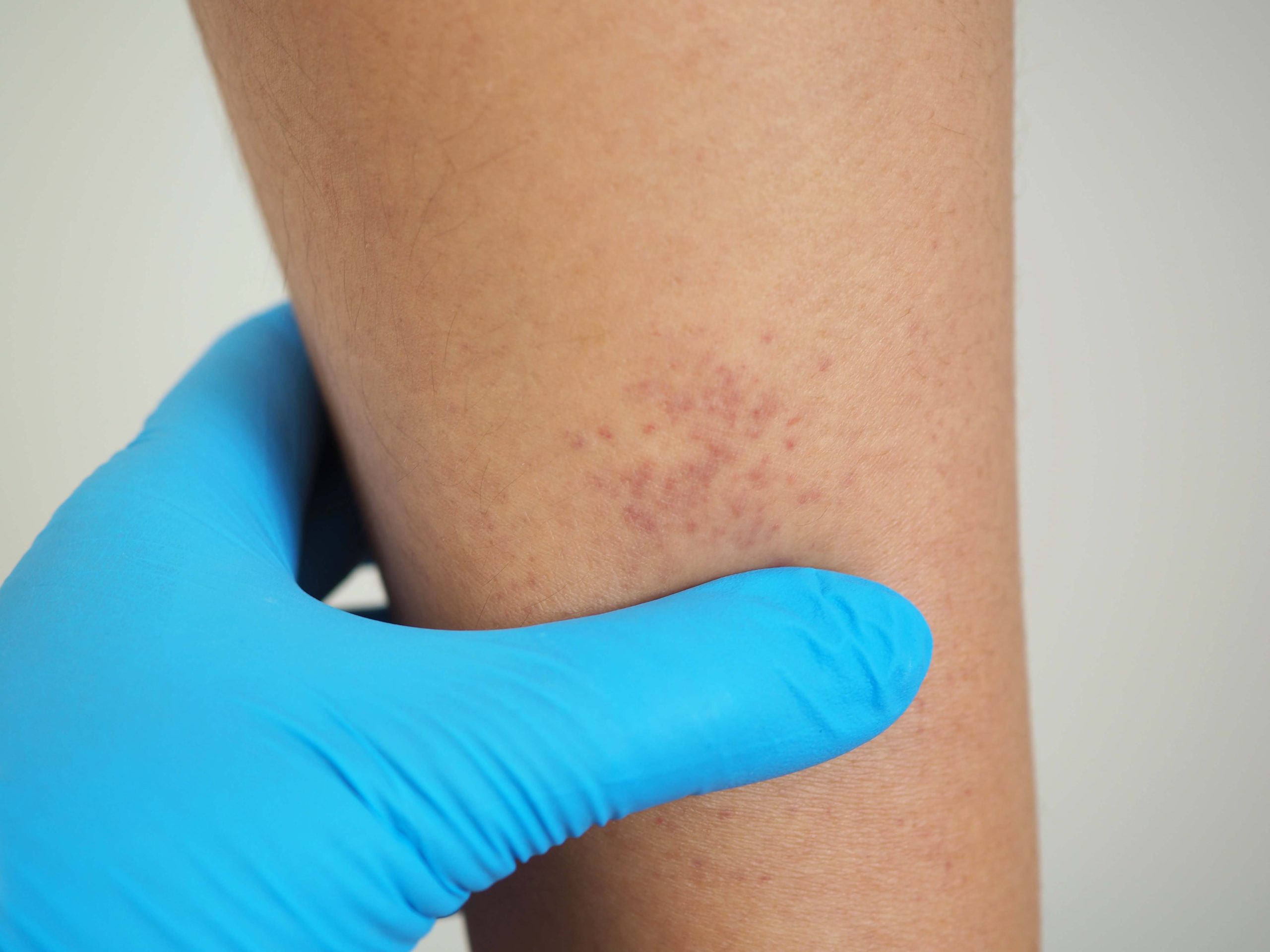
Researchers reviewed a population of patients with immune thrombocytopenia (ITP) at a Polish university hospital to characterize the varying presentations and treatments of ITP. In their report, published in Hamostaseologie, they described that ITP has a mild, often asymptomatic, clinical course—though chronic ITP often requires several lines of treatment plus management of bleeding risk and treatment toxicities.
Primary investigator, Weronika Lebowa, and colleagues enrolled a total of 245 patients with ITP treated from January 2006 to January 2021. Records were reviewed for patient characteristics, clinical manifestations of ITP, and treatment methods.
According to the results, 57.1% of patients were asymptomatic at the time of ITP diagnosis. The most common symptoms were thrombocytopenic purpura (68.2%), epistaxis (34.7%), and gum bleeds (19.2%). Three patients (1.2%) experienced life-threatening bleeding, while 23.2% of patients did not require treatment. Prednisone was the first-line therapy in the majority (75.5%) of patients. Second-line therapies in required cases included eltrombopag (40.4%) and romiplostim (8.5%). In total, 14.3% of patients received splenectomies, including 51.5% of patients who required second-line treatment. The initial response rate was 74.3%, but post-splenectomy relapses occurred in 22.9% of patients.
In closing, the authors outlined the characteristics of ITP and subsequent treatments observed in this single-center population. They also noted that local access restrictions to thrombopoietin receptor agonists influenced treatment strategies.






 © 2025 Mashup Media, LLC, a Formedics Property. All Rights Reserved.
© 2025 Mashup Media, LLC, a Formedics Property. All Rights Reserved.